

Stoic crafted an unexpected delight with its first title, The Banner Saga. Beautifully animated and thought provoking in equal measure, it's a fantasy RPG that doesn't pull its punches. Player choice mingles with turn-based combat as the player must guide a caravan of people through a world on the brink of death and destruction. As you can imagine, there's some tough decisions to make along the way.
The first game introduced us to the world, some of the main characters, and to the structure that served it so well. Now we're preparing for the incoming sequel, which is due sometime in early 2016, and thanks to our time spent with the original, The Banner Saga 2 is now one of our most anticipated titles of the coming year. It's also worth pointing out that the first game is about to land on PlayStation 4 and Xbox One (more details and dates here) which should expose a lot more people to The Banner Saga, and further heighten the excitement building around the upcoming sequel.
With the sequel coming soon, and the console version of the original landing even sooner, we thought we'd reach out to Stoic and ask them a few questions about the changes coming in TBS2. Here's what company co-founder John Watson had to tell us:
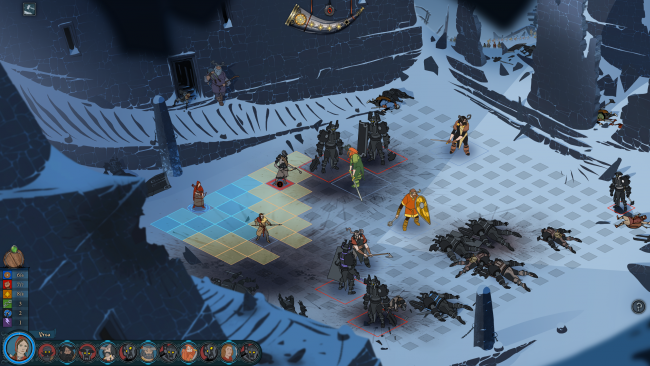
Gamereactor: So you've had a while for the success of the first game to sink in, what's the main thing you've taken away from the experience of setting up your own studio and releasing your debut game?
John Watson: Forming Stoic and creating The Banner Saga was the most difficult, and most personally rewarding, endeavours of my life so far. Prior to that, I worked in AAA game development and other professional programming jobs for over 15 years. I learned quite a bit from those roles, and in a way, it was training for Banner Saga. I think we bit off and chewed the maximum amount of work that our small studio could handle, and without those years of experience, it would have been much more difficult, if not impossible. In many ways, the Stoic journey has been a dream come true. It's extremely hard work, every single day. Even beyond launch we've been just as busy as before with localisations, ports, and development of The Banner Saga 2. I think the main take away is related to that: going Indie means that everything comes down to you. The team is going to be small, and you don't have a big pool of resources to fall back on. You must be prepared to do whatever it takes to get the thing done, including aggressively cutting features and content when necessary.
GR: Still looking back, what were the things that you enjoyed most and least about making the first game?
JW: A small team is able to move quickly. Issues are discussed and decisions are made immediately. No delaying, no running it up the chain, no large meeting room full of people sabotaging and stalling. We had nobody to answer to but ourselves, and that is a very invigorating feeling. On the flip side of that same coin, we ended up working a massive number of hours, and crunching for months on end, because we wanted the game to be as good as it could possibly be. It's very nice to have a few more people on the team to lighten the load, if you can afford it.
We started the project on our own savings, and when our Kickstarter funded, instead of paying ourselves a salary and taking longer to finish the game, we went all in. We continued to live off our savings and ultimately massive credit card debt, while using all the Kickstarter money to pay for services such as animation, sound, music, and contract programming. In the end it worked out for us, so I can't say I would do it differently. However I strongly recommend that developers finding themselves in a similar place should seriously consider paying themselves from their funding, reducing their risk, and controlling their pace.


GR: How are you taking any lessons learned back then and making them count with TBS2?
JR: We now have a full time Technical Designer on the team. I've taken great pains to make the entire game very content and data driven, but much of the content is quite complex and technical. Abilities are a good example of this. Abilities are driven by a complex system, and defined in data files, but it almost takes a programmer to implement them anyway. Having a Technical Designer allows me to share these tasks that would usually fall entirely to me. He also serves as a supporting role for Arnie and Drew when they need tool help with Art and Writing, respectively.
GR: We loved the first game, but perhaps the combat could've had a little bit more variety. What plans do you have to refine this area?
JW: We agree with this. There were too many combats, especially later in the game, that were functionally similar to others. We're improving this in several ways. First, we are weaving the storytelling more directly into the combat. Scripted events occur, characters have dialogue on the battlefield, establishing shots are made, and battlefield conditions can change during the battle. New units show up, win conditions change. We have a variety of win conditions depending on the story, instead of relying almost entirely on the 'kill them all' win condition that is the default. Second, we've massively increased the number of unique characters and abilities. There are dozens of new units and abilities, both in the player's party as well as on the enemy side. Third, we've extended the maximum rank of units to Rank 10, allowing your heroes to take on a second ability, making them more versatile in battle. Fourth, we've added a Talent system to each of your primary stats. These Talents allow you to put points into perks which improve your battle prowess in a variety of way. Fifth and finally, we've revamped the way the War system works. A War in Banner Saga is a scenario where your caravan encounters as massive enemy force, and consequently the entire caravan is in danger, including the civilian clansmen. Your heroes lead the charge into a battlefield, but at the same time, your fighting population is in battle as well, defending the caravan. The results of your Heroes' battle, coupled with the relative compositions of your fighters and the enemy, determine your casualties, your change in morale, etc... In the first game, the War mechanics were very opaque, confusing, and more or less meaningless to the player. We've improved this by doing a balance pass on these mechanics, explaining them much more clearly, and making the whole system more transparent. As a side effect, it gives the player a much stronger motivation to save as many people as possible.
GR: You're working with Austin Wintory again; tell us a little bit about how you're integrating the score into the game, and what that collaboration has been like.
JW: Working with Austin Wintory is an incredibly satisfying experience. Not only is he immensely competent and productive, but he really invests everything he has in developing the story of the game from a musical perspective. A lesser composer would simply make some music and tack it on, but Austin starts from the bottom up, immersing himself in the world and story and letting the music flow from there. He's really been a key and irreplaceable part of the core team from the beginning.
We just wrapped up the recording session for The Banner Saga 2. We did this with the Colorado Symphony Orchestra, recording in Denver at the lovely Boettcher Concert Hall. The experience of attending these recording and listening as the music gets produced has been one of the highlights of the project, and indeed my entire life.
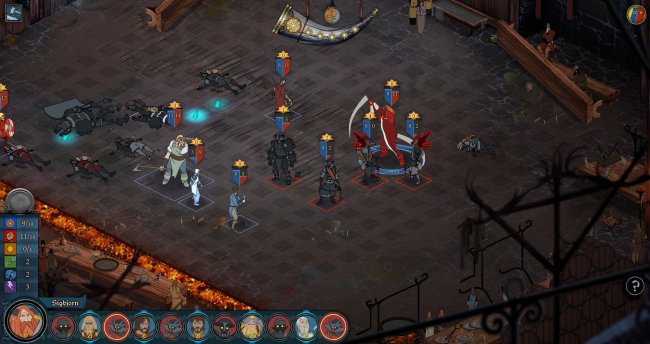
GR: How are working to onboard new players who might not have experienced the first game?
JW: The Banner Saga 2 is intended to be completely accessible to new players. We merge storytelling and tutorialisation to bring new players up to speed on the combat mechanics. We've created a series of directed training scenarios that can be optionally played in the Training Tent. New players will choose between a couple of default scenarios that affect which heroes are with you in the game. Returning players can of course choose the default scenarios, or opt to import their save games from the first Banner Saga, to continue where they left off.
The choices you have to make are obviously a big part of the experience, but sometimes in the first game cause and effect wasn't as clear cut as it might have been. Were/are you aiming to have an element of ambiguity, or is this something you're planning on changing in TBS2?
JW: The ideal is that any choice you make will affect something, even if the only effect is that another character notices it and responds to it later on. We definitely want the feeling of ambiguity in the sense that you don't know exactly what the results of any decision will be, and we certainly don't present decisions as 'this is the sarcastic decision, this is the evil decision, this is the good decision' as many games do. But we certainly strive to make the results of any decisions impactful in some way.
What can you tell us about the new race that's appearing in the game?
JW: Horseborn are a mysterious race from the southern steppes, tribal and nomadic. They have long been out of contact with the human and varl societies. Physically they resemble small icelandic ponies more than the massive centaurs of Greek mythology. Culturally and visually their inspiration comes more from a Celtic background than from a Viking background, however. They are truly foreign to most of your heroes.
In mechanical terms, the horseborn are our first 'rectangular' unit on the battlefield, which opens up some interesting tactics regarding movement and positioning. Broadly speaking, horseborn specialise in fast and free motion, allowing them to traverse the extents of the battlefield more effectively than other units.
Horseborn will play an important role both on the battlefield and as part of the story.
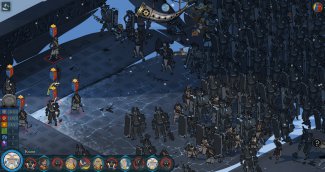

GR: Are there going to be any new mechanics relating to the caravan part of the game?
JW: We've adjusted and rebalanced the relationship between your population, supplies, and renown. In the first game, in the latter chapters, it became increasingly difficult for players to keep their caravan supplied without sacrificing the battle prowess of their heroes. We felt like the game mechanics improperly coerced pragmatic players into sacrificing their population in order to rank up their heroes. We feel that those kinds of decisions should be based on the moral and ethical perspective of the player, and the game mechanics should support either approach. As a result, the game is now much more rewarding to players who manage to save a large number of people. Your reputation and renown increase when your leadership is effective. A large body of clansmen, while requiring more supplies for maintenance, become self reliant in some ways by their internal industry, hunting, and foraging. We've also added new ways for you to manage your fighter population, including mechanisms for the player to train civilian clansmen into fighters, which are used during War scenarios to protect the caravan.
GR: How are you evolving the visual side of this sequel? Obviously the stunning artwork was a real highlight last time around, so is it more of the same or are you making changes?
JW: We are definitely sticking to the visual style. Once the three parts of the trilogy are complete, our goal is for you to be able to sit down and play all the back to back and feel like it is one large coherent experience. We have a new full time artist on staff, who is helping Arnie produce quite of bit of the landscapes. We're still using Powerhouse Animation to animate our combat characters and cinematics. We've added new weather features such as blizzards, rain, and fog. There are more animations in scenes than before. And importantly, we are taking the player to totally new environments and biomes than they saw in the first Banner Saga.
GR: How's development coming along, what's the roadmap ahead?
JW: During the first year after launch, I was mostly consumed on the technical side with localisation and porting efforts. Pre-production of Banner Saga 2 happened at the same time. In early 2015, full production of Banner Saga 2 started. We've been proceeding through the chapters of the game in chronological order, making great efforts to 'lock down' each one and apply as much polish as necessary to get each section to a state that represents the finished game. Each of our chapter milestones has been accompanied by an extensive round of QA (Quality Assurance, a.k.a. Testing), for which we employ Sculpin QA in Prince Edward Island. We are almost 'content complete' meaning you can play through the entire game from front to back and none of the major plot points are missing. In a few weeks we will all get together for a jam session to get all the music hooked up properly, in the right places, with the correct transitions, etc... Console builds of The Banner Saga have finally passed cert and are ready for release prior to Banner Saga 2's launch, which is a relief. We've started work on console ports for The Banner Saga 2 with the hope that we can launch them alongside, or soon after, the Steam launch. Everything's coming together quickly each day, but there are still a few solid months of work ahead of us.

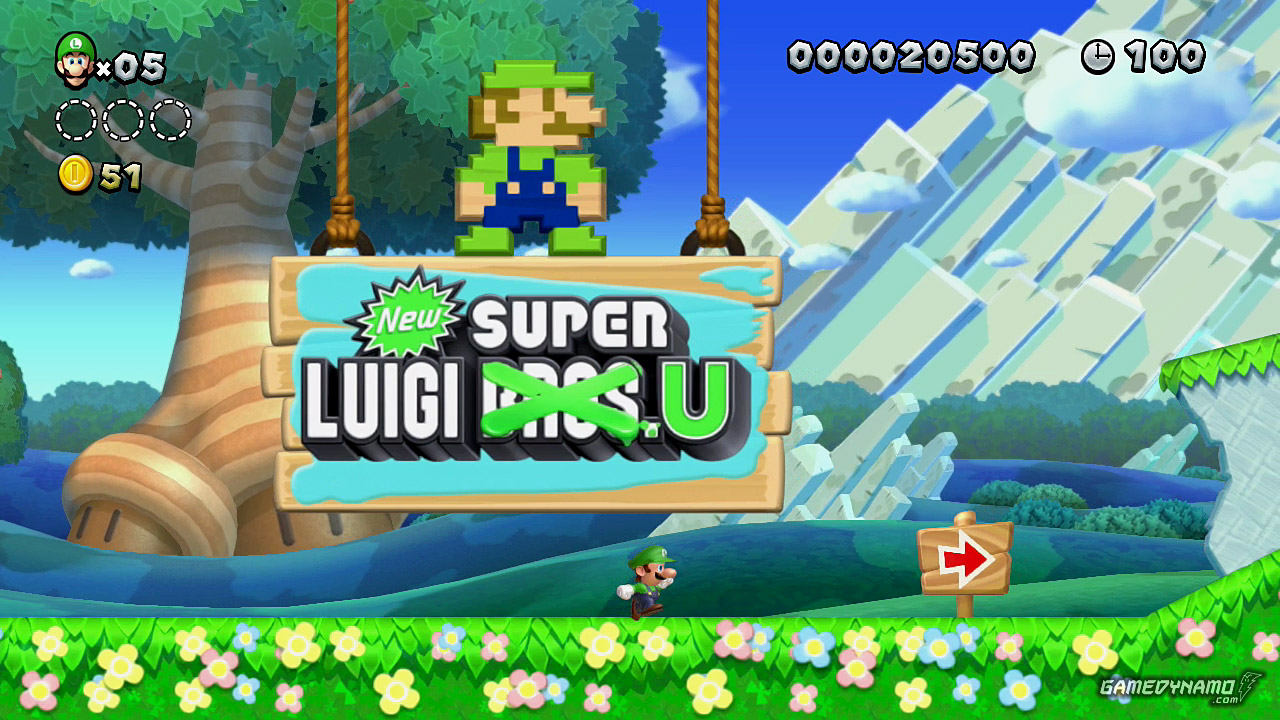

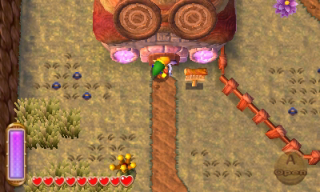
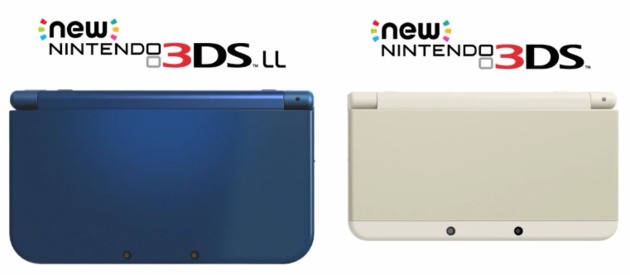 Guide: New Nintendo 3DS
Guide: New Nintendo 3DS Twilight Princess Walkthrough – In Search of the Sky –
Twilight Princess Walkthrough – In Search of the Sky – 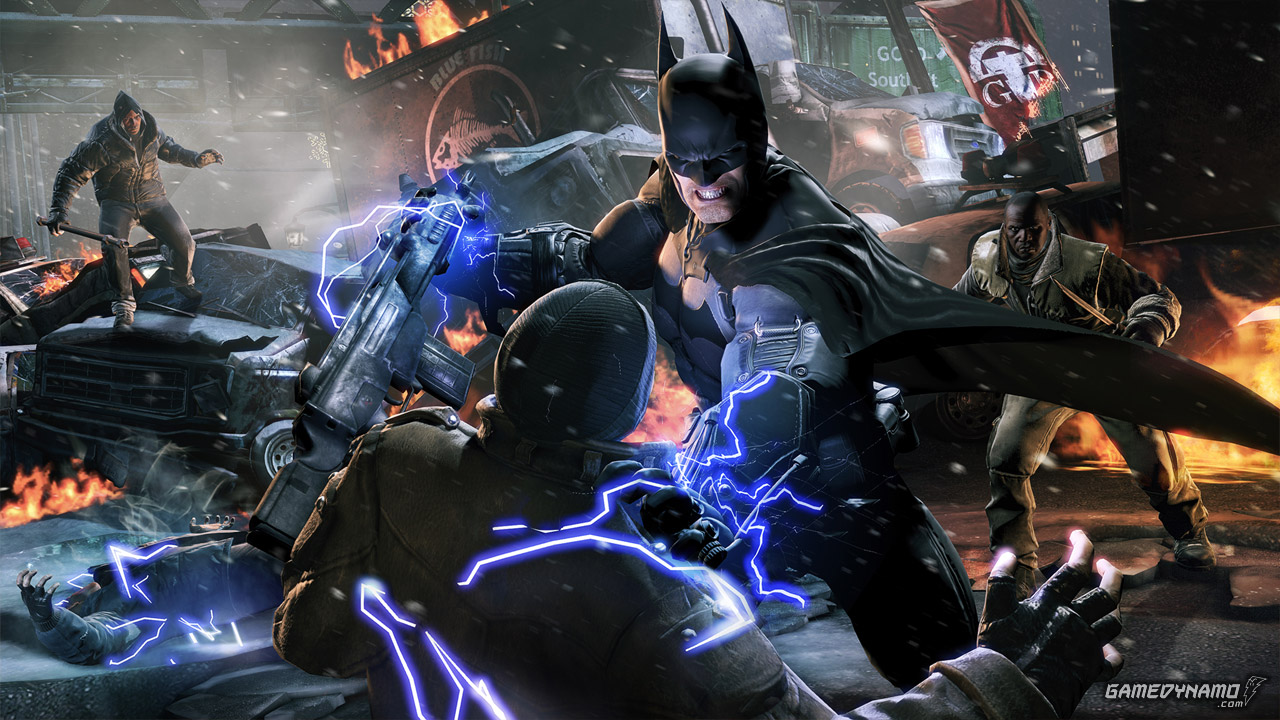 Batman: Arkham Origins - Easter Eggs and Exploits Guide
Batman: Arkham Origins - Easter Eggs and Exploits Guide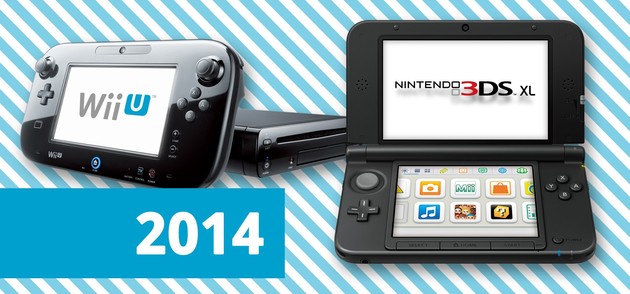 Guide: The Biggest Wii U and 3DS Retail Games Coming In 2014
Guide: The Biggest Wii U and 3DS Retail Games Coming In 2014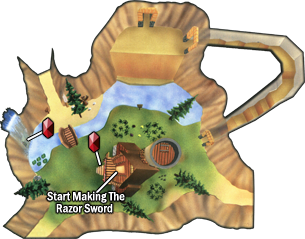 Majora’s Mask Walkthrough – Spring, Romani Ranch, Ikana Graveyard –
Majora’s Mask Walkthrough – Spring, Romani Ranch, Ikana Graveyard –